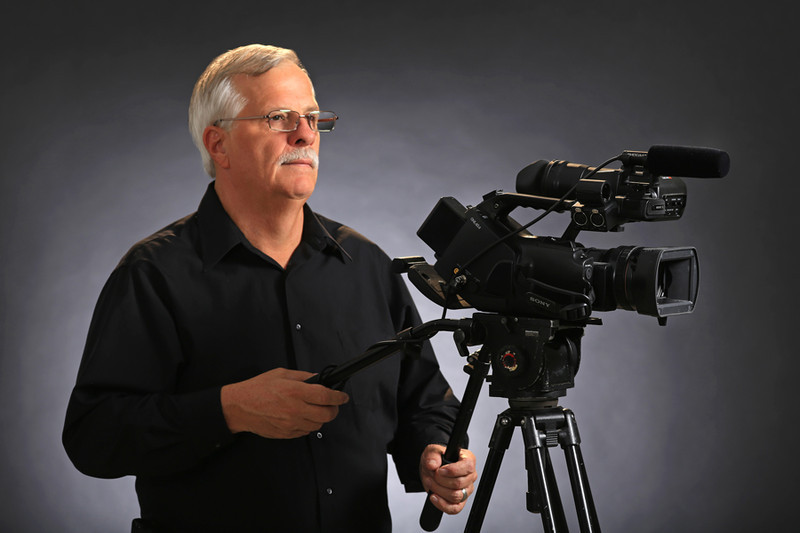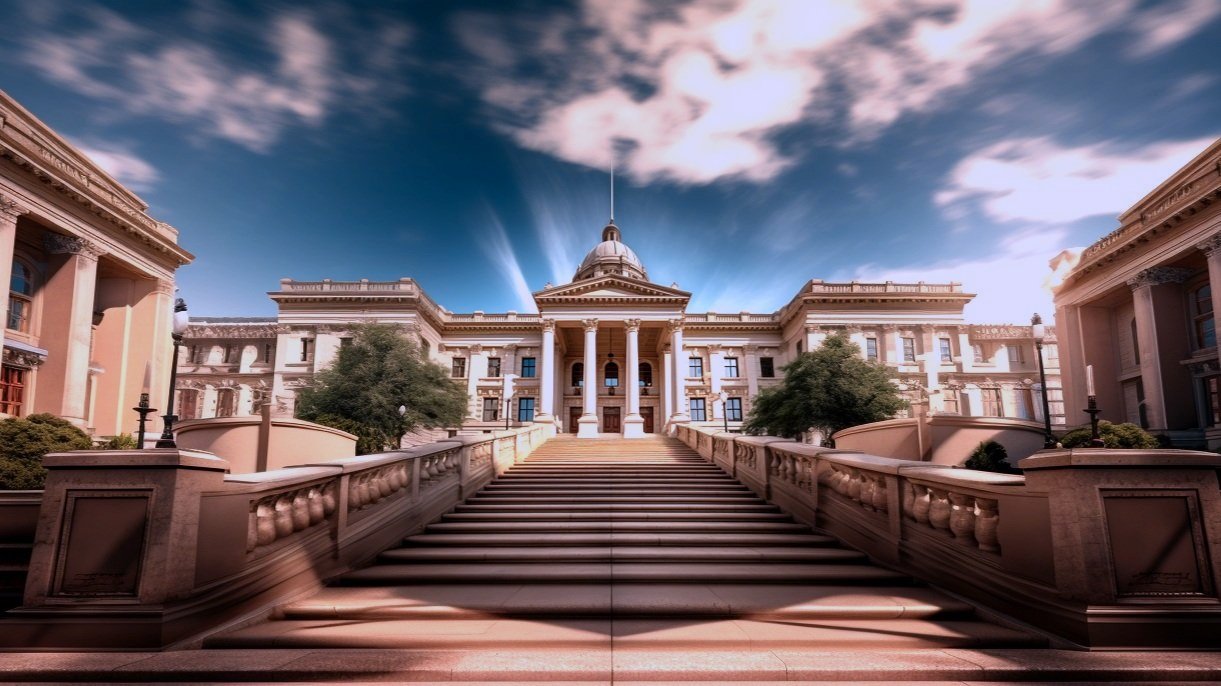Delving Into the Systems of Legal Videography: Introduction Its Operation in Safeguarding Authentic Visual Testimony for Judicial Process
In the world of judicial proceedings, the duty of legal videography stands as a keystone in maintaining and providing visual evidence. As technology proceeds to advance, the systems behind lawful videography have actually come to be significantly detailed, offering a vital layer of authenticity to testaments captured on video.
Historic Development of Legal Videography
Taking a look at the historical development of lawful videography discloses a considerable transformation in the catching and discussion of visual evidence within the legal landscape. In the past, lawful procedures greatly counted on written pictures and records to record events and offer proof. Nonetheless, with the advent of video modern technology, the legal sector witnessed a standard shift in exactly how visual statement was recorded and provided.
The evolution of lawful videography can be traced back to the late 20th century when innovations in video clip recording devices made it a lot more available for use in courtrooms. This technological innovation not just improved the precision and dependability of aesthetic proof however likewise reinvented the way cases existed to discretionary (Legal Videography). Lawyers began to recognize the persuasive power of video recordings in sharing feelings, subtleties, and non-verbal cues that written transcripts or pictures alone could not record successfully

Technology Advancements in Video Clip Documentation
What key technical developments have revolutionized video clip documents in the lawful area? The lawful area has seen significant developments in video paperwork modern technology that have boosted the credibility and integrity of aesthetic evidence in judicial process. One of the vital advancements is high-definition (HD) video recording abilities, which offer crystal-clear photos and sharp information that are critical for precisely catching testimonies, face expressions, and various other visual hints. Furthermore, the combination of timestamping and metadata features in video paperwork devices has enabled precise documentation of when and where the video was taped, making sure the stability of the proof offered in court.
Moreover, advancements in video clip file encryption and watermarking modern technologies have strengthened the safety and tamper-proof nature of video proof, guarding it against unapproved alterations or tampering. The introduction of cloud storage space options and remote accessibility capabilities has streamlined the storage space, access, and sharing of video clip proof, promoting seamless partnership amongst lawful experts and ensuring reliable access to important visual testaments when required. These technological improvements in video clip paperwork have actually certainly reinvented the legal field, boosting the accuracy, trustworthiness, and admissibility of visual proof in judicial procedures.
Duty of Legal Videographers in Court Room Settings
The advancement of video clip documentation modern technology in the legal area has necessitated a vital function for legal videographers in court room settings, guaranteeing the stability and dependability of aesthetic testimonies provided during judicial process. Legal videographers Learn More Here play a basic duty in capturing and preserving accurate visual evidence that can be crucial in lawsuit. Their responsibility encompasses establishing tools, videotaping procedures, and creating top quality video clips that properly show the events in the court.
In court room setups, lawful videographers have to stick to strict guidelines and criteria to preserve the credibility of the aesthetic document. They have to have an eager eye for information and a thorough understanding of lawful procedures to ensure that the video footage they catch is a true representation of the events that transpired. Furthermore, lawful videographers commonly function very closely with lawful teams to make certain that the video evidence straightens with the instance's demands and can be efficiently provided in court to sustain the lawful disagreements being made. On the whole, the function of legal videographers in court room settings is crucial in upholding the concepts of justice and making certain the transparency of lawful procedures.

Ensuring Admissibility and Honesty of Video Clip Proof
To keep the integrity of visual proof presented in lawful process, guaranteeing the admissibility and integrity of video clip evidence is a vital responsibility for lawful videographers. Admissibility describes the approval of proof by the court, and for video clip proof to be permissible, it should satisfy specific requirements. Lawful videographers play a vital function in making certain that the video clips they catch follow the policies of his response evidence, such as authenticity, integrity, and relevance.
Honesty of video evidence involves maintaining the originality and accuracy of the video from the time it is tape-recorded till it exists in court. This includes firmly storing the video clip files, recording the chain of wardship, and stopping any kind of tampering or modifications. Legal videographers have to stick to stringent methods to guarantee the honesty of the video proof and protect against any obstacles to its credibility.
Future Trends in Legal Videography
Offered the increasing dependence on technology in lawful proceedings, legal videographers are positioned to welcome cutting-edge advancements forming the future of visual testimony capture and discussion. One of the popular trends imminent is the combination of digital truth (VR) and augmented fact (AR) technologies into legal videography. These modern technologies have the prospective to transform just how aesthetic evidence exists in courts, enabling courts and judges to submerse themselves in the scene of the criminal offense or occurrence.
Additionally, the usage of artificial intelligence (AI) algorithms for video evaluation is expected to streamline the procedure of examining and evaluating big quantities of video footage. AI can help in recognizing vital minutes, anomalies, and patterns within videos, boosting the effectiveness of legal examinations.

Verdict
Finally, lawful videography has actually played a critical function in providing authentic aesthetic proof for judicial process. Via technical improvements and the expertise of lawful videographers, the honesty and admissibility of video clip evidence are ensured in court settings. As legal videography continues to evolve, it will certainly be necessary to maintain criteria that keep the accuracy and integrity of aesthetic testament for more the future of lawful proceedings.
Examining the historic development of legal videography discloses a significant improvement in the capturing and discussion of aesthetic evidence within the lawful landscape.The advancement of video clip paperwork modern technology in the legal area has required an essential function for legal videographers in court room settings, making certain the honesty and reliability of visual statements provided throughout judicial procedures. In addition, lawful videographers typically work closely with lawful groups to make certain that the video clip proof lines up with the instance's requirements and can be efficiently offered in court to support the lawful debates being made.To maintain the trustworthiness of visual evidence provided in legal process, making sure the admissibility and integrity of video proof is an important obligation for lawful videographers. As lawful videography proceeds to progress, it will be essential to promote standards that keep the precision and dependability of visual testimony for the future of legal proceedings.